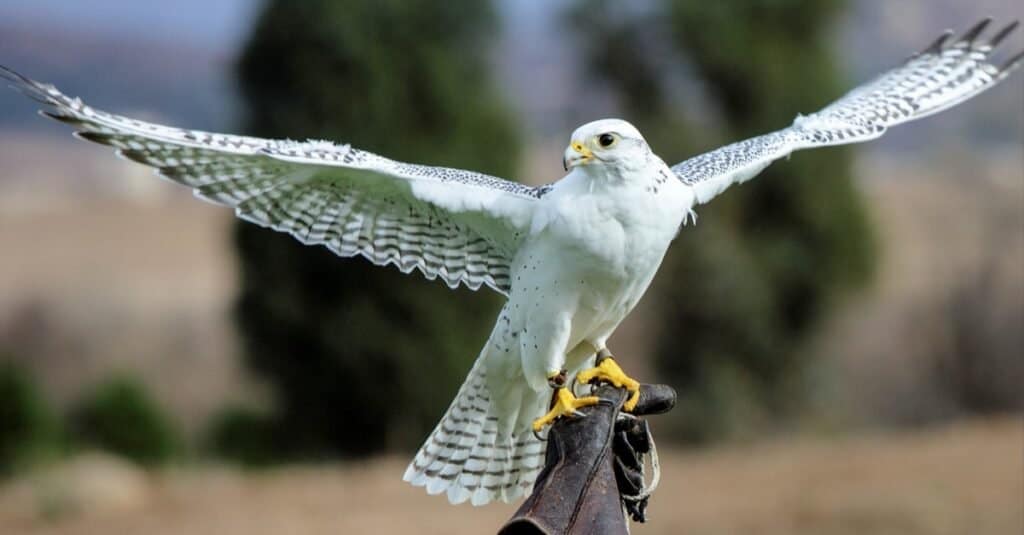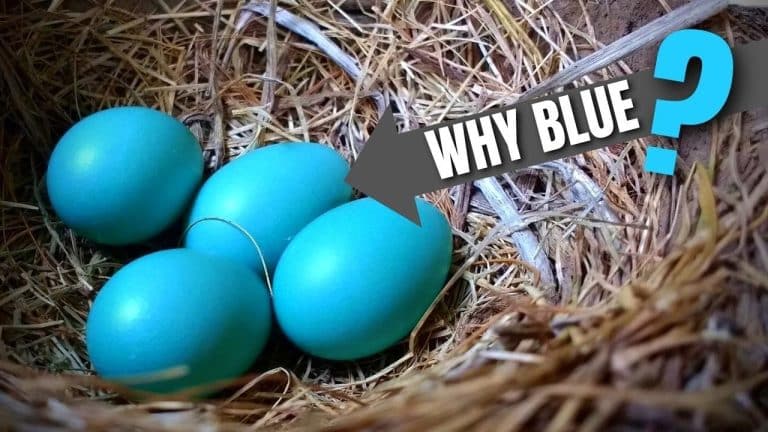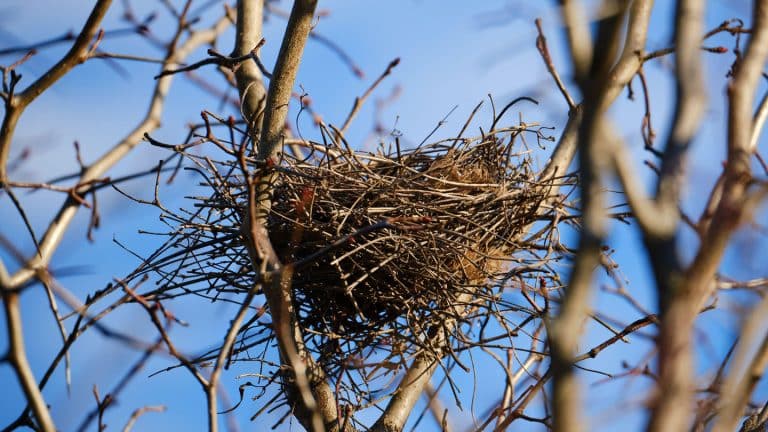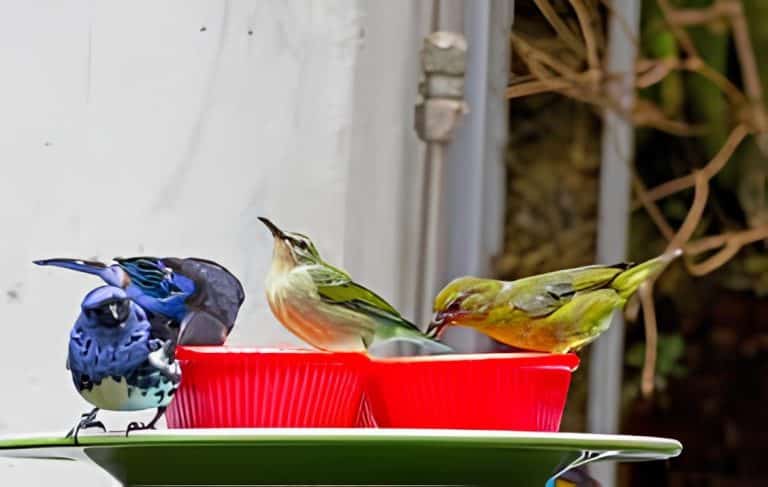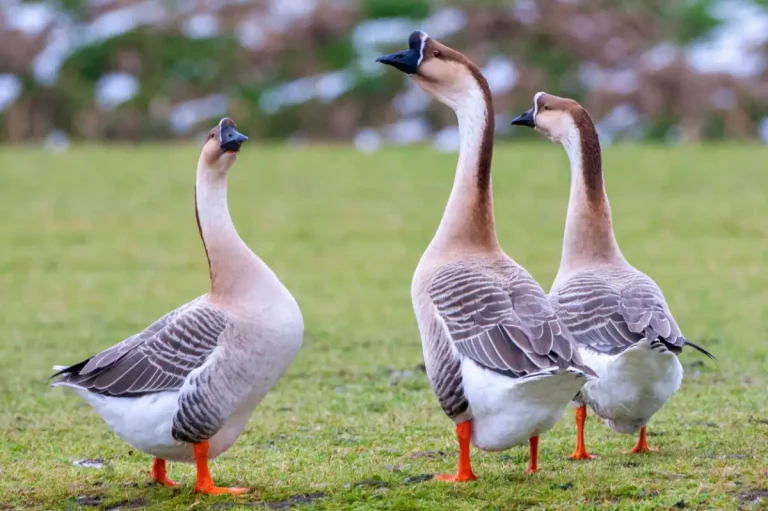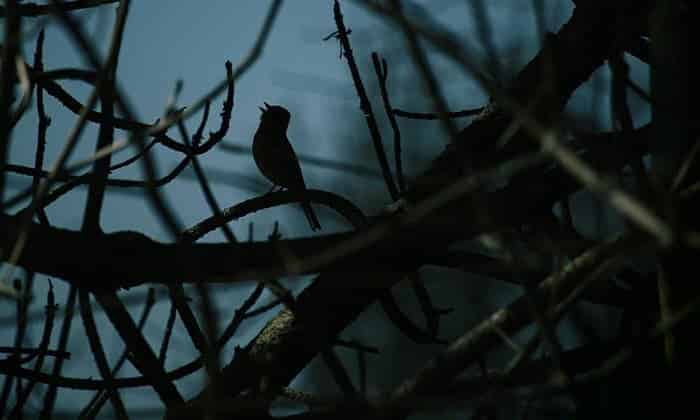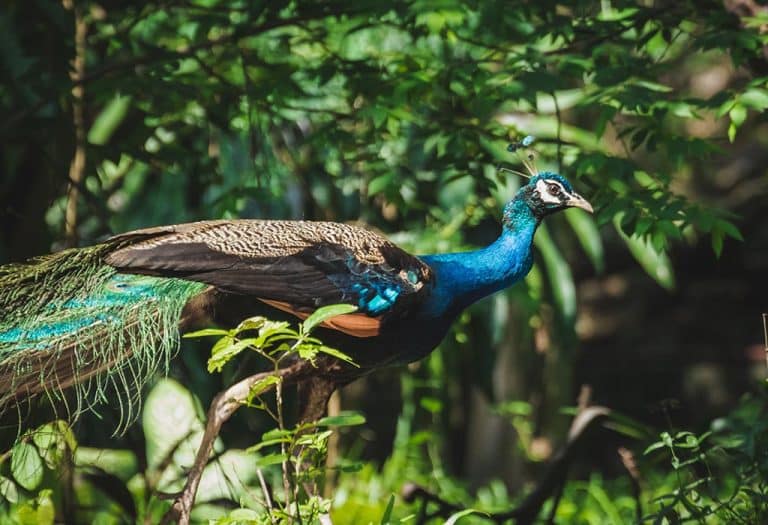Falcon Bird: Types, Facts, Differences, and Features
Are you also curious about the Falcon bird, which is predominantly known for catching its predators mid-air easily?
Falcon bird is not restricted to any particular area. Rather, they live worldwide and travel long distances, thanks to their streamlined flight.
Since they are spread worldwide, pinpointing where they came from is tough to determine.
What is interesting about the Falcon bird is that it is closely related to the family of parrots and songbirds; one might wonder that being the bird of prey, it is linked closely to eagles, hawks, etc.
Let’s get into more details about this exotic bird and learn about their facts, differences with hawks, and more in this informative blog!
Different Types of Falcon Birds
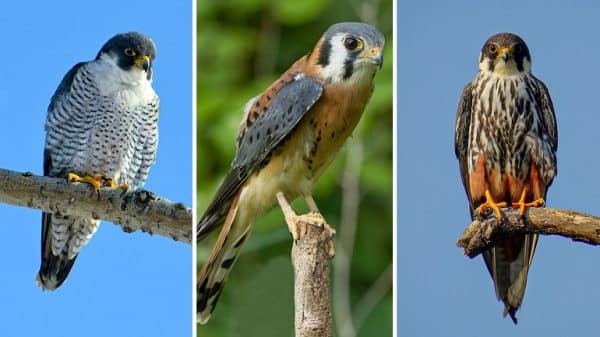
Although there are around 40 subspecies of the Falcon bird, we can broadly classify all of them into four categories:
- Kestrels: Kestrels are one of the smallest subspecies of the Falcon and can be identified by the gray feathers on their backs. They live on small rodents, reptiles, and insects.
- Hobby: They are bigger than Kestrels and can be easily distinguished, thanks to their dark slate-gray and black feathers on either side of their head.
- Peregrine: One of the most powerful, strongest, and fastest subspecies of the Falcon Bird. They are known for flying at the super speeds of 200 miles per hour.
- Hierofalcons: This species of Falcon has feathers of either red or brown and showcases intricate patterns throughout their plumage.
Size of The Different Falcon Species
Of all the species of Falcons, American Kestrels are the smallest, measuring roughly 22 centimeters.
However, you should know that size is not the determinant of their power as they are furiously known to tackle birds like Hawks and Eagles, who are several times larger than them.
On the other hand, the Gyrafalcons, measuring up to 3 times the American Kestrels, go up to 65 centimeters in length and weigh up to 1.8 kg. Peregrine Falcons is one of the most known and weighs around 1.2 kg.
Like other birds of prey species, female counterparts are heavier, powerful, and faster than males. The difference in size is apparent enough for you to tell each other apart at just a glance.
The color of the Falcon varies from species to species; however, there are some foundational signs like patterns throughout the feathers and black feathers on and around their eyes.
Interesting Facts About Falcon Bird
- The Peregrine species of the Falcon Bird is the fastest of all species, reaching over 200 miles per hour when it chases its prey, making it very difficult for smaller birds to escape its grasp.
- The eyesight of the Falcon bird is 20/20, making it one of the sharpest vision in the family of birds. Few scientists believe Falcon’s eyesight is at least nine times better than humans.
- There is a training program running for over 3500 years where people have wholeheartedly trained Falcons to hunt small animals. This is famously called the art of falconry.
- Falcons are monogamous when it comes to mating. However, they don’t always stay together; they only come together to mate when its mating season.
- In ancient wars, people frequently used several small birds as messengers to send crucial messages. To negate this, rivals often used falcons to kill the messengers midway through the war.
- In ancient Egypt, Falcons were considered highly sacred and often equated with the Egyptian god Horus. A human body and a Falcon head symbolize this god.
- Peregrine Falcons can be found worldwide. However, they are largely absent on the Antarctica continent because of how severely cold that area gets.
- The Peregrine falcons became extinct after World War 2 because of the rampant DDT pesticide, which killed several adult birds and further weakened the shells of the new eggs. The change started to happen when the United States banned the production of DDT in 1972; this was when the population of Falcons began to rise again.
- Falcon birds are higher predators themselves and stand almost on top of their respective food chains. However, some exceptions exist, such as higher predators, which can pose a risk to the Falcons. For instance, humans, owls, eagles, etc., are predators who would not mind eating a Falcon if there ever comes a chance. It may not be easy for them, though, because of the speeds that Falcon carries when flying.
Differences Between a Hawk and a Falcon
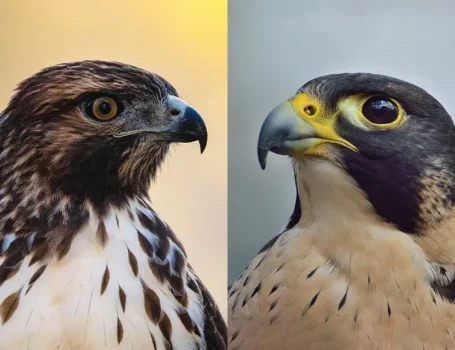
Another raptor species that looks similar to the Falcon is the mighty Hawk. If you are a bird beginner, you will face extreme difficulty identifying the differences between the two.
Like Falcons, they are available worldwide but are completely missing in Antarctica, thanks to the extreme cold weather. The biggest point of difference between a Hawk and a Falcon is their way of hunting.
While Falcons can catch their prey mid-way, Hawks mostly sit on artificial or natural ledges over the water body to catch their prey.
The Hawks win the battle when the question arises of which is bigger. However, falcons have large wingspans, which helps them fly at the highest speed and maneuver efficiently.
Another crucial differentiation between them is their beaks and heads; you will notice that Falcons have rounded and short heads, whereas Hawks have pointy heads to kill off their prey.
Hawks are also more blessed with a longer lifespan. The usual lifespan of Falcon is 13 years; at the same time, Hawks can easily live for 20 years at least.
Another key point of difference can be easily seen in their nesting habits. Hawks and Falcons have contrasting choices in their location of nesting.
Hawks prefer that their nests be built on tall trees, keeping them from predators. On the other hand, Falcons have nests lower to the ground but in tree willows, bird boxes, etc.
The speed of flying also differs between them. Here, the advantage goes to Falcon; thanks to being lighter in weight and huge wings, they can attain speeds of 60 miles per hour in normal flying. Hawks can only reach up to 40 miles per hour.
Falcons attack their prey using highly dangerous pointed beaks, whereas Hawks use their talons or claws to catch their prey.
Rather than focusing too much on their size for the difference, their respective wing shape is a better indicator. The Falcons have longer, slender wings pointed at the end than the Hawks. The latter has wider wings and is also more rounded.
How both birds of prey fly can also giveaway whether it’s a Falcon or a Hawk. The former has slender wings, so they have to flap their wings more to engage in a short flight.
On the other hand, Hawks flap their big and round wings more slowly and can get a lot of flight.
Characteristics of Falcons
1. Hunting
Falcons are perpetually hungry, so they travel miles and spend most of their time looking for their prey. Its highly common for Falcons to hunt all day long, but they must rest at night because of low visibility.
They also have to find a safe place to rest to protect them from higher predators who can potentially eat them.
2. Nesting
When it comes to nesting, Falcons are highly efficient and thoughtful in building a good nesting site where all their eggs are safe and well-incubated.
These nesting sites are in far-off locations to safeguard them from predators, i.e., cliff ledges, remote and inaccessible caves, hollowed trees, etc.
3. Migration
Thanks to their ability to fly, most bird species migrate quite a lot to escape uncomfortable weather and go to a place where the temperature is optimum for them to survive easily. We cannot blame them because if we could manage this often, we would take it too.
However, not all Falcons migrate to far-off locations. For instance, Falcons in the Alaskan region stay put in the same place all year.
4. Diet
The smaller species of Falcon known as Kestrel prey on smaller animals like rodents and reptiles. On the other hand, larger species of Falcons prey on ducks, pigeons, etc.
The largest species of Falcons, called Peregrines, can even eat bats and steal prey from other lower predators. They are also called bullies of the sky.
5. Reproduction
Falcons are not known for sticking with their partners throughout life. They just come together to mate, and sometimes male Falcons build nesting spots for females. Moreover, the Peregrine species of Falcon mates with its partner in mid-air and flies off to different locations.
Once the female lays her eggs, the eggs need to be incubated for around a month, and after hatching, the mother sticks around for a little longer till the children become independent.
Conclusion
Falcons are impressive predators ruling the skies in several ways. From their size to their trainability, these birds can wreak havoc on small birds.
However, their nature of being the predator should not be seen negatively. Remember that everything in the ecosystem is balanced.
If the predators were not there, there would be an increase in the population of lower birds, which can cause many problems.
To end this informative article, let us tell you that the flight of the Peregrine Falcon once reached 242 miles per hour, and this achievement is even recorded in the Guinness Book of World Records.
We hope this blog helped you gain a complete understanding of the Falcon birds and what makes them one of the most unique birds on this planet!
Frequently Asked Questions
Are Falcon and Hawks the Same?
It’s a common misconception, but falcons and hawks are different species and come from other families. Hawks are larger than Falcons, but Falcons have wider wings, and the latter can catch its prey mid-air.
Are Falcons Herbivores, Carnivores or Omnivores?
Falcons are carnivores as they survive by feeding on the meat of other animals and don’t consume any plants throughout their lives. Their diet comprises small rodents, insects, reptiles, and smaller birds.
What Do Falcons Symbolize?
As per Harvard Art Museums, the Falcons were originally associated with ‘the sky.’ The eyes of the Falcon symbolize both the sun and the moon. Its long, outspread wings are said to protect the Earth below.
However, in later times, the Falcon bird was associated with the god of Sun Re because it has a sun disc on its head.

